BRAFA (Brussels Art Fair) created in 1956, is one of the world’s oldest and most prestigious art fairs, famous for the high quality fine art, antiques, modern and contemporary art and design it offers. BRAFA is one of the leading European art and antiques fairs, focusing on high quality, authenticity and diversity and it is organized by the nonprofit Belgian Antiques Fair Association.
133 leading galleries from around the world (40% Belgian and 60% foreign) were participating this year’s edition, that took place in Brussels on the Tour & Taxis site, from 26 January until 3 February.
The fair attracts major art collectors, new buyers, and art lovers curious to see what is on the market.
A visit to BRAFA is always a pleasure because of its noticeable welcoming, elegant and friendly atmosphere.
Not only all the participants do their utmost best to create of their booths the most amazing spaces, also the organizers put a lot of effort in decorating the corridors with gorgeous floral creations, which are a delight for the eye.
All photos are taken by me.
Elegant and friendly atmosphere throughout the fair.
The most beautiful floral creations to see.
Walking from one beautiful booth to another, lingering over the most magnificent pieces the exhibitors have to offer.
Gorgeous setting at the booth of DELEN Private Bank, principal sponsor of BRAFA, showing a huge work of Pierre Alechinsky in the background.
Every year the Brafa organisation and its cultural partners are offering visitors interesting highlights to discover.
For its centennial anniversary celebration, The Royal Chamber of Art Dealers (ROCAD) made a huge effort to bring together never seen iconic masterpieces that have been sold by members of the Belgian professional association to collectors and museums, including works by Belgian surrealist painter René Magritte, an exceptional Chinese Bodhissatva from the 6th century AD, a fine service « aux oiseaux de Buffon » from the Tournai Manufacture, Belgium, 18th century, a pair of firedogs by Pierre Gouthière, 18th century, of which only one other example is known in the Palace of Versailles, a portrait by Belgian painter Henri Evenepoel, Fernand Khnopff’s portrait of Isabelle Errera of 1893, and much more.
All these iconic masterpieces were brought together in a kind of ‘Wunderkammer’.
One of the masterpieces seen at the booth of ROCAD. A triptych originally ordered by a convent located in the Oude Houtlei, Ghent. 16thC. – Oil on panel.
The Heritage Fund, King Baudouin Foundation puts great effort into conserving and protecting Belgium’s heritage. The foundation acquires masterpieces and testimonies, promotes them and makes them accessible to the general public. At Brafa they showed their latest acquisitions including Rubens’s sword and the map of Utopia created by Abraham Ortelius, in dialogue with works by modern artists such as Piet Stockmans, Antoine Mortier and Gustave Serrurier-Bovy.
A fragment of the tapestry ‘Triumph of Cleopatra‘ that is one of eight tapestries from a suite dedicated to the famous Queen of Egypt. It was woven in Brussels by Jean Le Clerc and Daniel Eggermans, based on cartoons made by the French painter Charles Poerson (1609–1667). The tapestry is a magnificent example of the high quality wall hangings made in Brussels in the 17th century. This tapestry is one of the highlights seen at the Brafa booth of The Heritage Fund, King Baudouin Foundation.
‘Perle fine’, 1925 by Oscar Jespers is one of the earliest masterpieces of Modernist sculpture in Belgium and plays an important role in understanding the development of sculpture during the 20th century. One of the highlights seen at the Brafa booth of The Heritage Fund, King Baudouin Foundation.
There were so many beautiful pieces of art and antiques to see at BRAFA, including a lot of museum worthy pieces. Therefore it is impossible for me to show all my favourite pieces. Here are a few of the so many works of art that caught my eye.
At the booth of Belgian art and antiques dealer Herwig Simons my eyes were drawn to an eclectic vignette showing a gorgeous bronze and marble bust of Othello by Pietro Calvi, a museum worth masterpiece, this together with 1 of a pair Neo Etruscan vazes and an Italian Venini chandelier.
Detail of the bronze and marble bust ‘Othello’ by Italian artist Pietro Calvi (1833-1884) – Signed ‘Calvi Milano’. Herwig Simons Fine Arts Photo credit Herwig Simons
More at Herwig Simons Fine Arts, this exceptional French 19thC. staircase as architectural model, a ‘pièce de maîtrise’. Wood and copper.
Impressive booth of Axel Vervoordt. An antique six-meter-wide and one-meter-deep Italian walnut sacristy cabinet and an exceptional more than three meter large table with a top made of a full width Italian walnut tree plank, designed by Axel himself. Gorgeous!
A late 16thC. architectural walnut cabinet. Urbino area-Italy. Inside a Bramantesque carved palace façade with a central flight of steps, arches, columns and balconies that hide 27 secrets. Shown at Sandro Morelli
Detail of the magnificent carved cabinet. Sandro Morelli
I noticed that this year’s edition of Brafa showed a high ‘cabinet de curiosité’ content.
Kunstkammers from the 16th & 17th century were intended to offer representations of the whole known universe, from both an intellectual and an artistic point of view and were the predecessors of museums.
I absolutely loved the idea of using a Dutch 18thC. cabinet as a ‘curiosity cabinet’, a ‘cabinet de curiosité’, a ‘Wunderkammer’, displaying and combining the four subdivisions of Wunderkammers’ objects : ‘preciosia’ (precious man-made objects), ‘scientifica’ (scientific instruments), ‘naturalia’ (objects from nature), and ‘exotica’ (objects from unknown countries and regions), by Dr. Ir. Alex Van den Bossche, an expert in collecting exceptional and rare objects and owner of Porfirius Gallery specialized in Kunstkammer objects. Amazing!
Another ‘objet de curiosité that catched my eye was this giant, intact and largest ever laid creamy-white Elephant Bird egg, discovered in the sand dunes of southern Madagascar, exhibited by London based gallery Art Ancient.
Giant and intact Elephant Bird egg. Art Ancient
Specialized in Chinese archaeology, Paris based Eric Pouillot surprised Brafa visitors with an exceptional collection of gorgeous Chinese earthenware pieces as this ensemble of figurines, dating back Han and Sui dynasty.
Chinese earthenware figurines at Eric Pouilot.
One of my every year’s favourite booths is the booth of Xavier Eeckhout, who is specialized in animal sculpture dating from 1880 to 1950.
This bronze ‘Deux jeunes Springers’ by Enrico-Manfredo Di Palma-Falco (1886-1988) stole my heart.
More at Xavier Eeckhout. One of a pair unique wrought iron andirons, 1937 by Gaston Etienne Le Bourgeois (1880-1956).
Impressive and huge bronze statue by Jean-Michel Folon (1934-2005) at Guy Pieters Gallery.
Bronze statue by Jean-Michel Folon. Guy Pieters Gallery
Detail of the sculpture by Folon. Guy Pieters Gallery
I absolutely had to show you this picture of a very remarkable piece shown at Brafa by Belgian art gallery Sofie Van de Velde.
This is Frida Kahlo’s plaster corset with a hammer and sickle (and unborn baby), circa 1950.
Frida Kahlo’s plaster Corset with Hammer and Sickle (and Unborn Baby)’, ca. 1950. Frida Kahlo (Coyoacán, 1907-1954) Sofie Van de Velde Gallery
Text sourced at Brafa’s Instagram account :
“Frida’s corset tells a fascinating, multi-faceted story, a story of a painful life lived undefeated, a life lost and a chapter of history. Painted by Mexican painter Frida Kahlo (1907-1954), it is a tridimensional piece that alludes to the broken state of her body, while offering social commentary on events both historical and personal.
The painting includes metaphors for the baby she lost, as well as the Communist Party and the Revolution, Frida’s “only real reason to live.” Frida Kahlo is a remarkable woman who is remembered for her personal struggle and extraordinary life as much as for her vibrant and intimate artwork. Plagued by illness since youth, she suffered a near-fatal bus accident at age 18 that damaged her spinal column and fractured her pelvis, confining her to bed for months and leaving her with lifelong complications.
Frida’s Plaster Corset with a Hammer and Sickle was used by Frida during her confinement at the Hospital Ingles in 1950 after surgery. The color has faded from regular wear and tear, but Frida’s bodily imprint is clearly visible on the inside, showing her belly button and breasts, along with dirt caused by sweat and months of wear. Painting the corset after the plaster was applied to her body, she used a mirror to see her drawing whilst prostrated in bed.”
Walking around at the booth of Gallery Sofie Van de Velde, I was very pleased to discover the work of the Belgian artist Jacques-Louis Nyst that t I didn’t know yet!
Painting by Jacques-Louis Nyst (1942-1996) at Sofie Van de Velde Gallery.
Again this year the COBRA movement was well represented at Brafa. I noticed a lot of works by Pierre Alechinsky, Karel Appel and Christian Dotrement.
Alechinsky (°1927), ‘Acrobatie Chromatique’ 1977 – Acrylic on Japanese paper, laid on canvas, at Die Galerie.
A few other works that caught my attention.
Pablo Picasso (1881-1973), ‘Soleil de Méditerranée’ 1956 – Coloured pencil on paper, at Bailly Gallery.
Lucio Fontana (1899-1968), ‘Concetto Spaziale, I Quanta’ circa 1960 – Waterpaint on canvas, at Stern Pissarro Gallery.
Croatian artist Ivan Picelj (1924-2011), ‘Surface XVII’ 1962 – Black painted wooden panel, at Cortesi Gallery.
This beautiful, absolutely elegant and exceptional, maple framed art deco chair, that is one of a pair, I discovered at the start of my Brafa tour, at the booth of Paris based Galerie Mathivet. I so loved this pair of elegant chairs and couldn’t resist throwing a second glance at them, going back home.
One of a pair exceptional and elegant art deco chairs at Mathivet Galerie.
To end this BRAFA tour, I would love to share a picture I took of a beautiful setting at the booth of Brafa’s principal sponsor Delen Private Bank, showing an oil on canvas ‘Sans Titre’, painted in 1962, by Belgian artist Pol Mara (1920-1998). I never had seen before that type of abstract painting by this artist.
To discover all about BRAFA, please visit the fair’s website at WWW.BRAFA.ART
Dear friends and followers, if you are intended to visit BRAFA 2020, please drop me a line, it would be my pleasure to meet you in Brussels next year!
xx
Greet
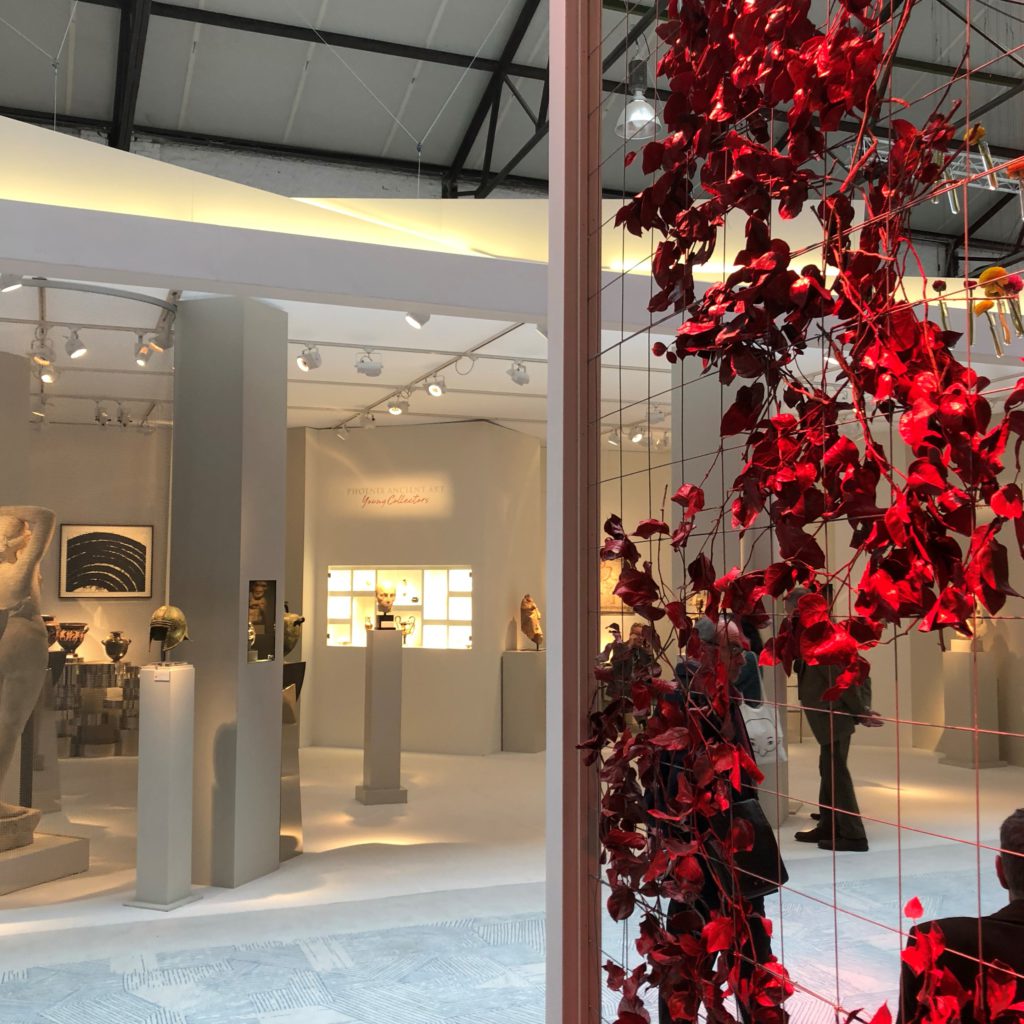
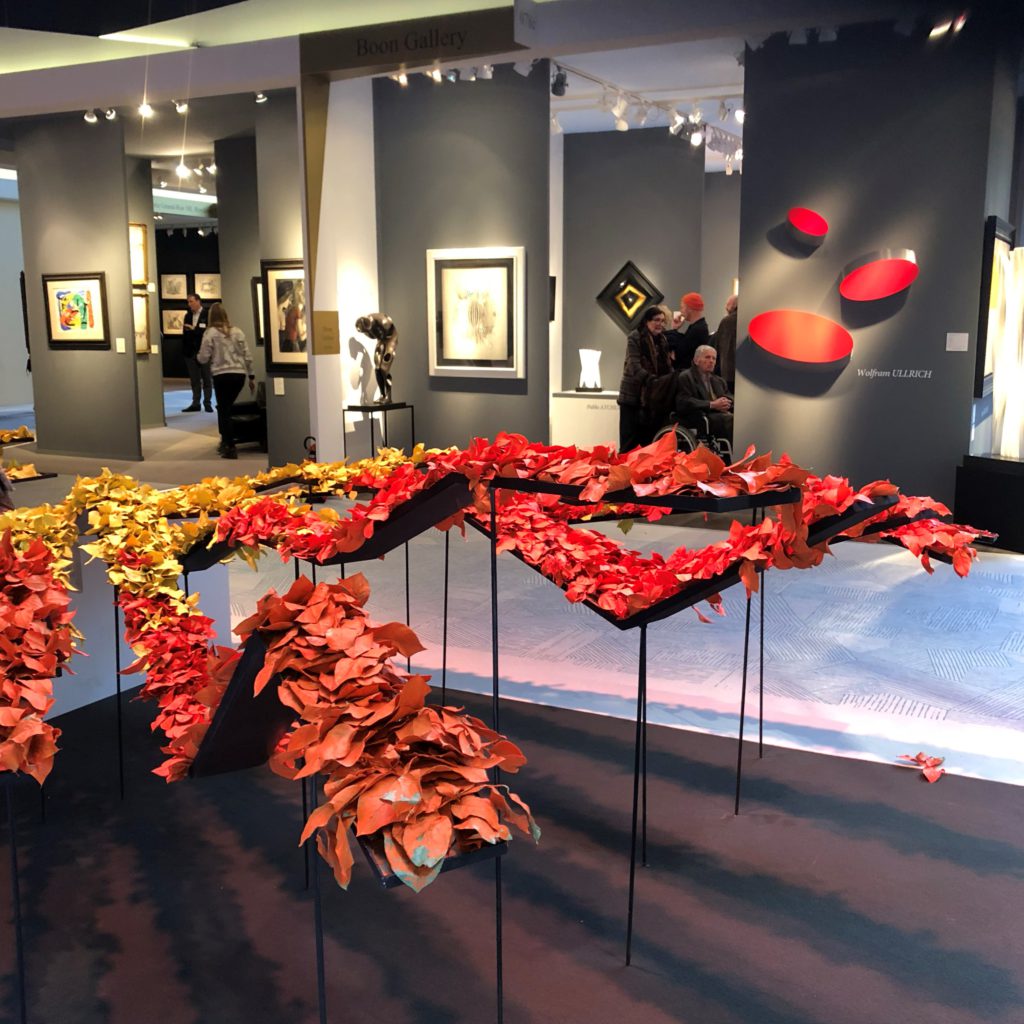
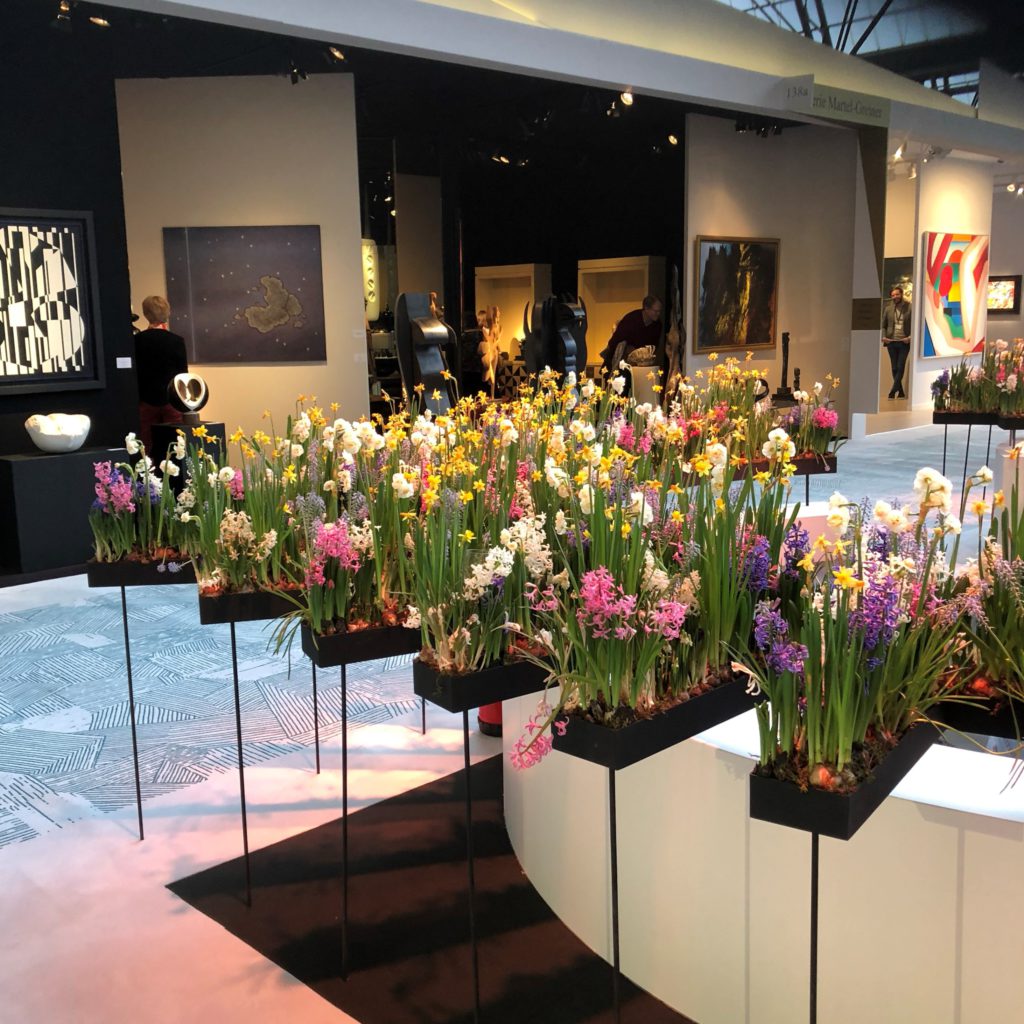
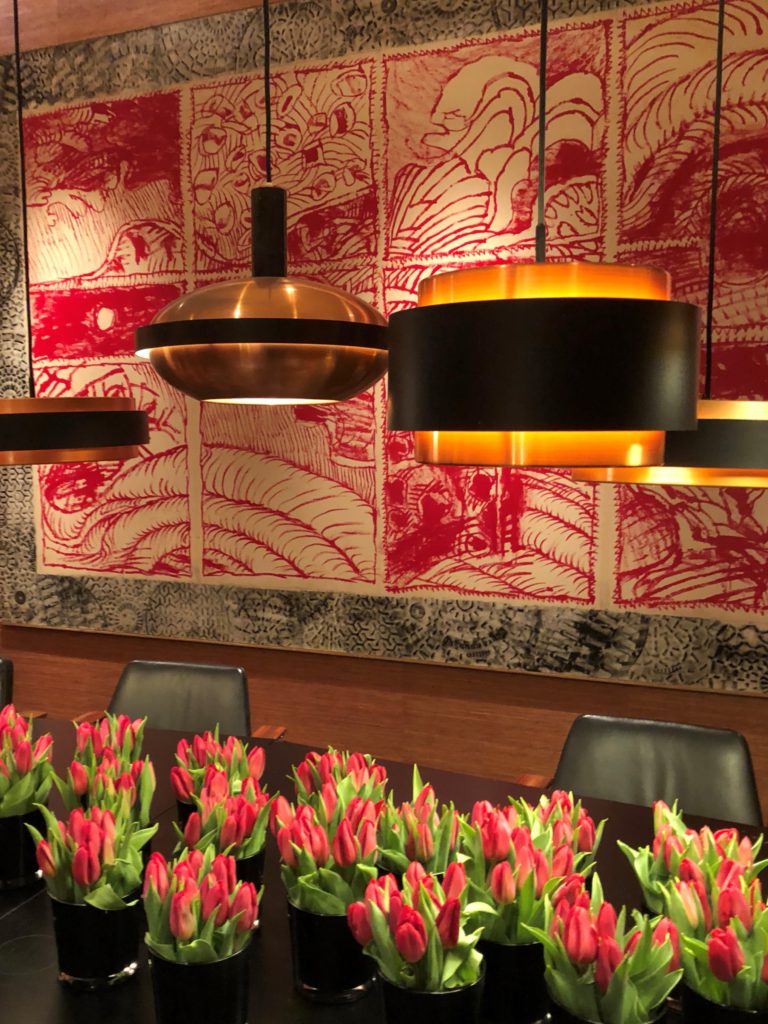
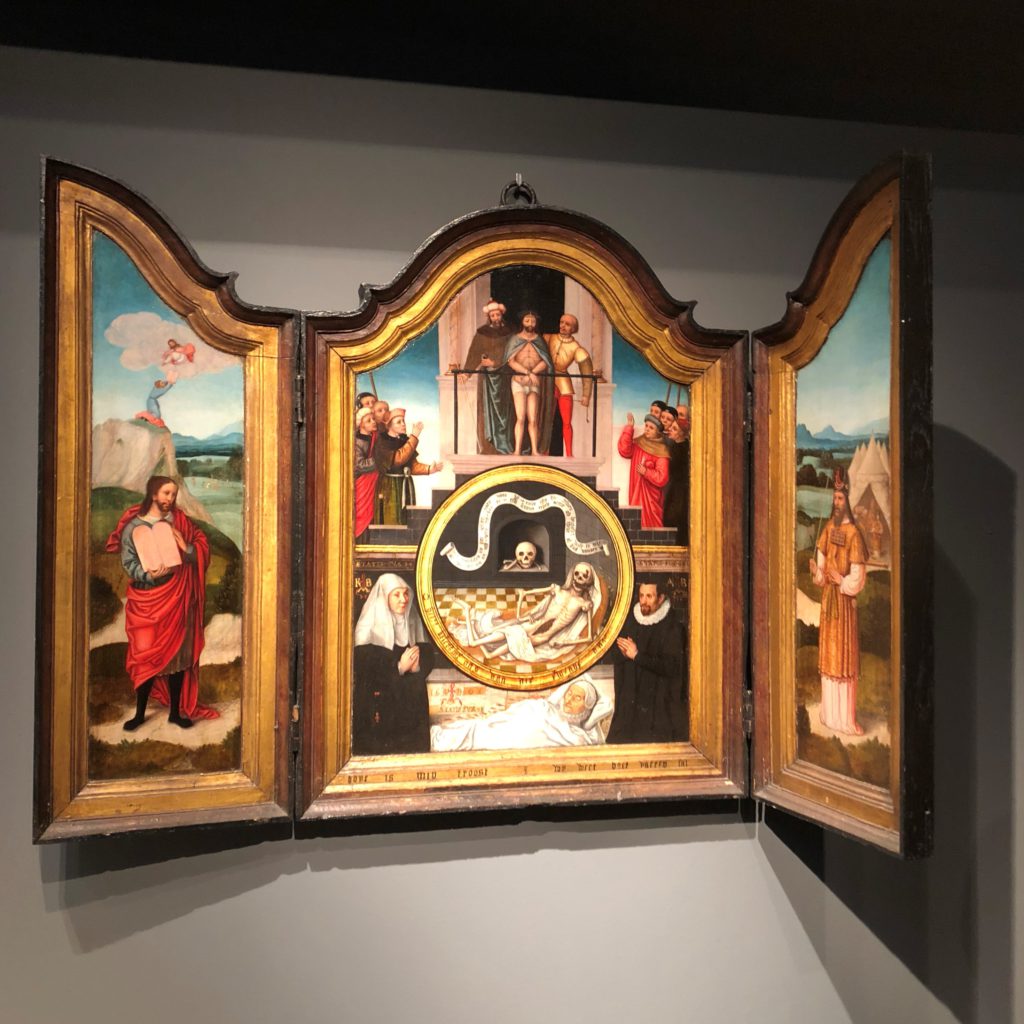
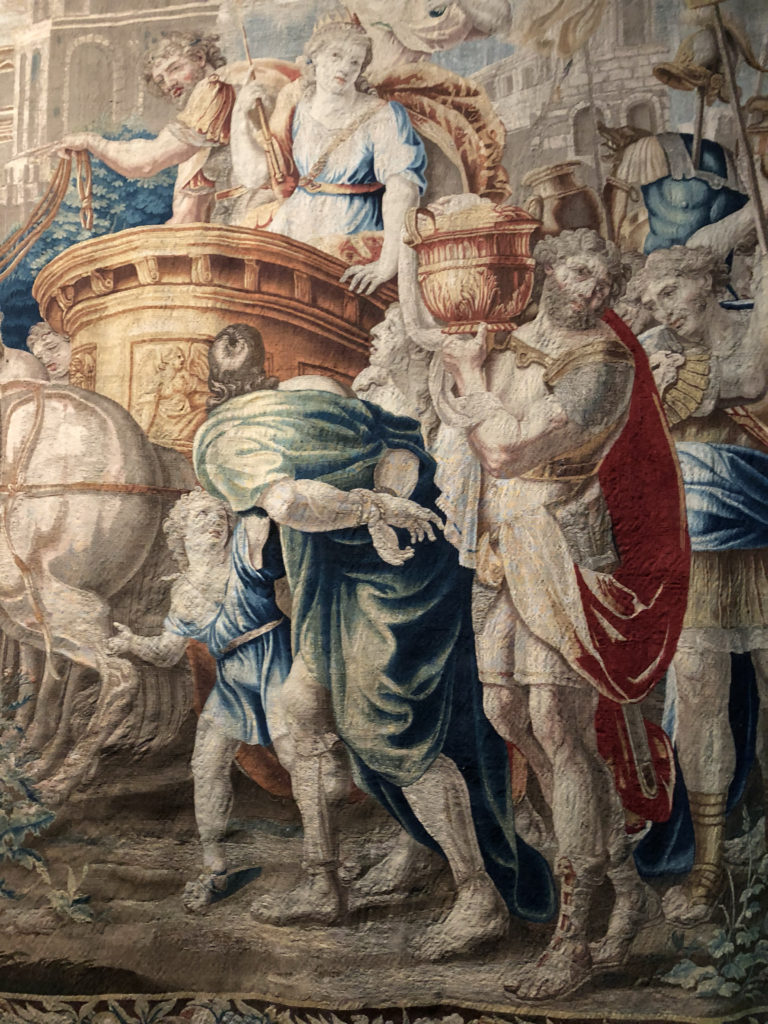
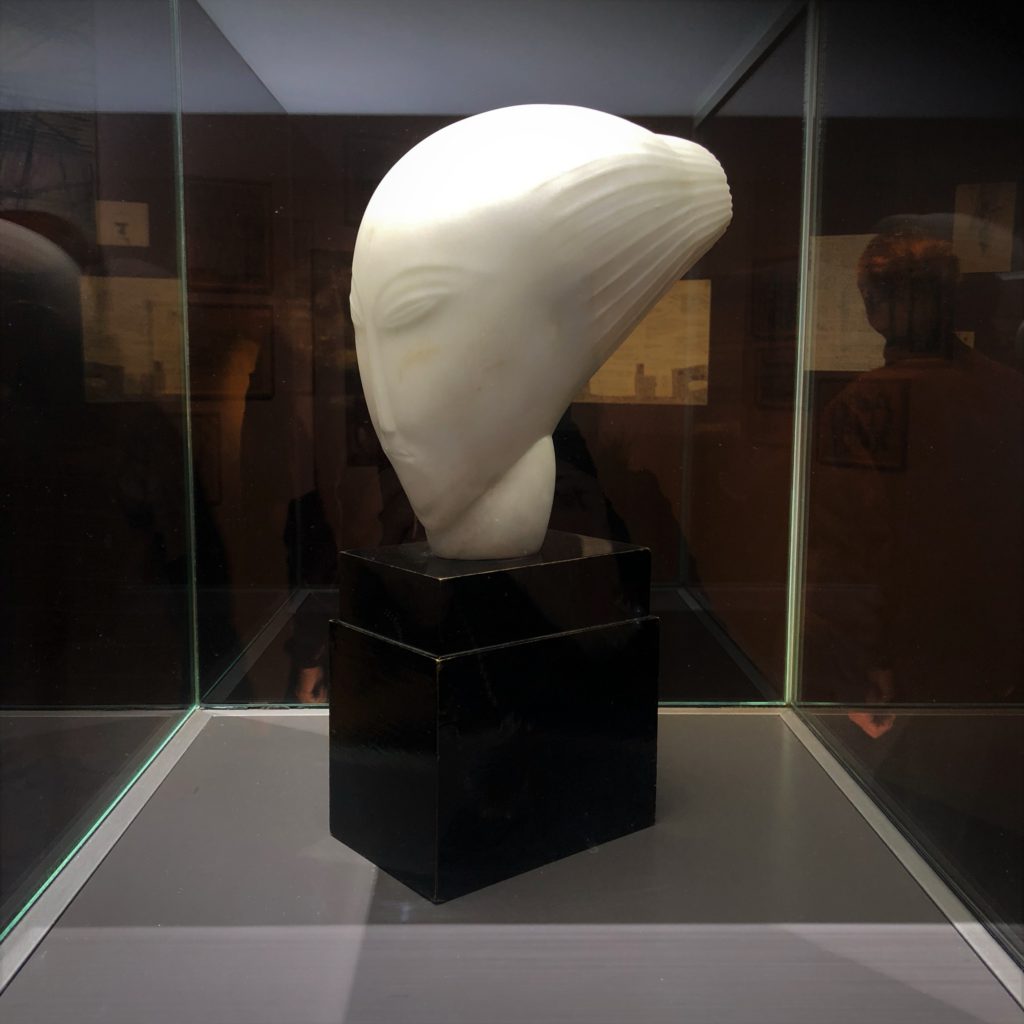
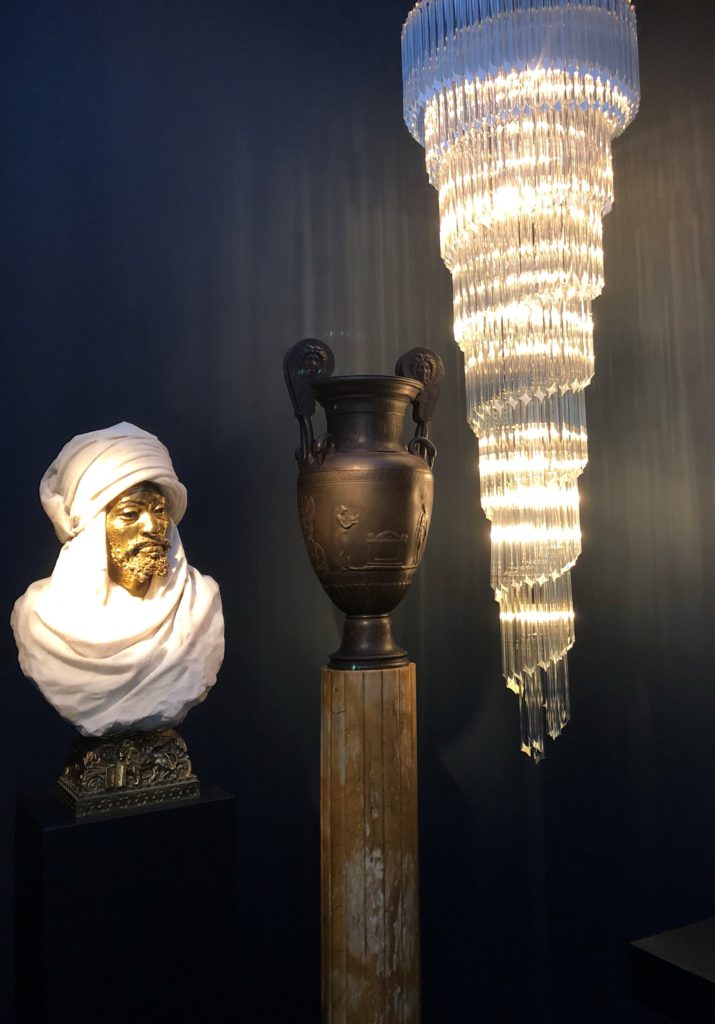
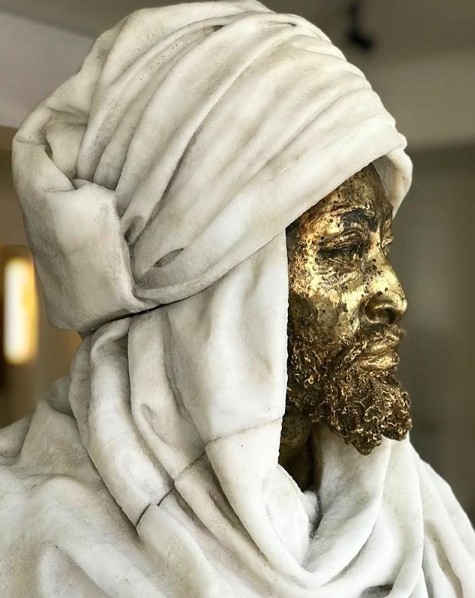
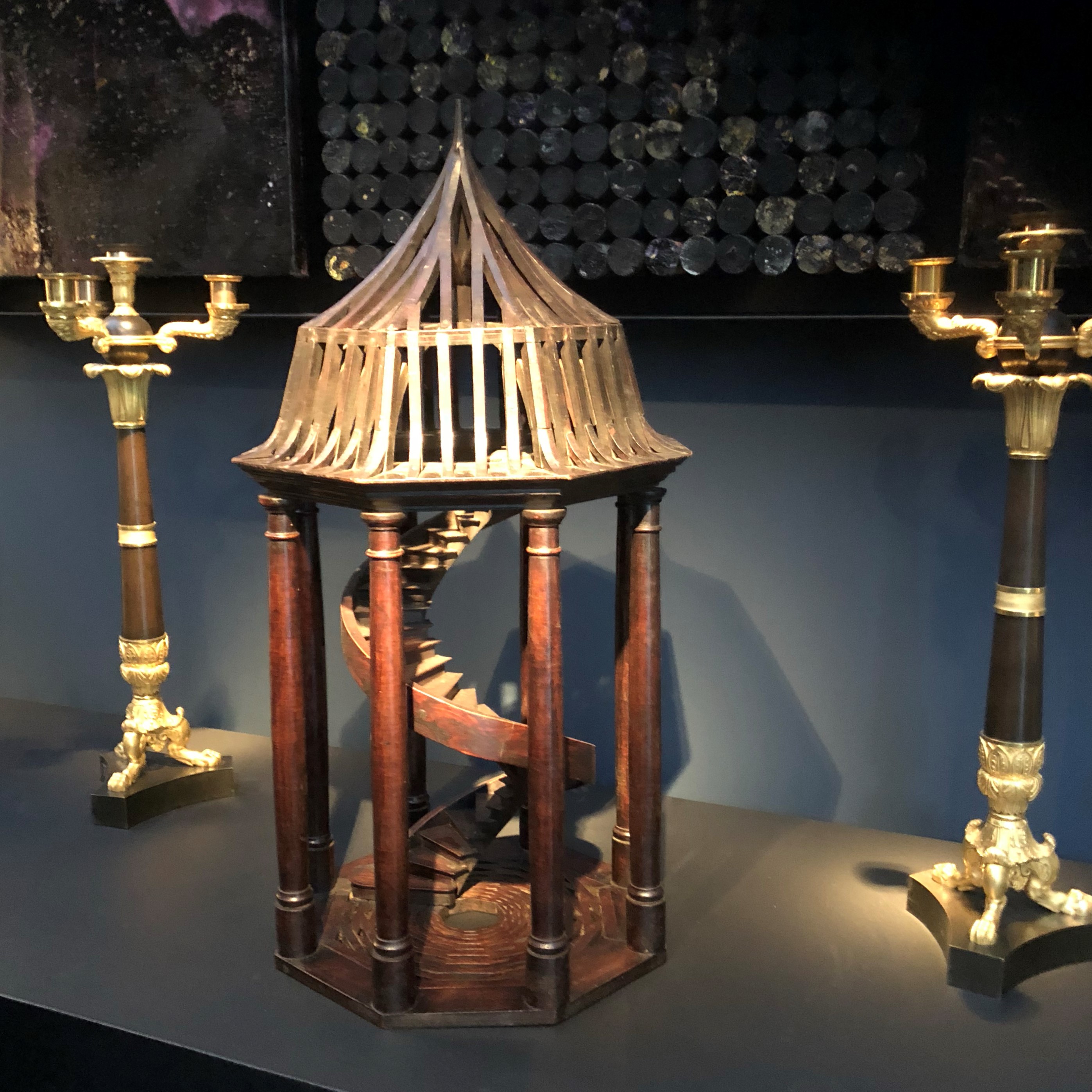
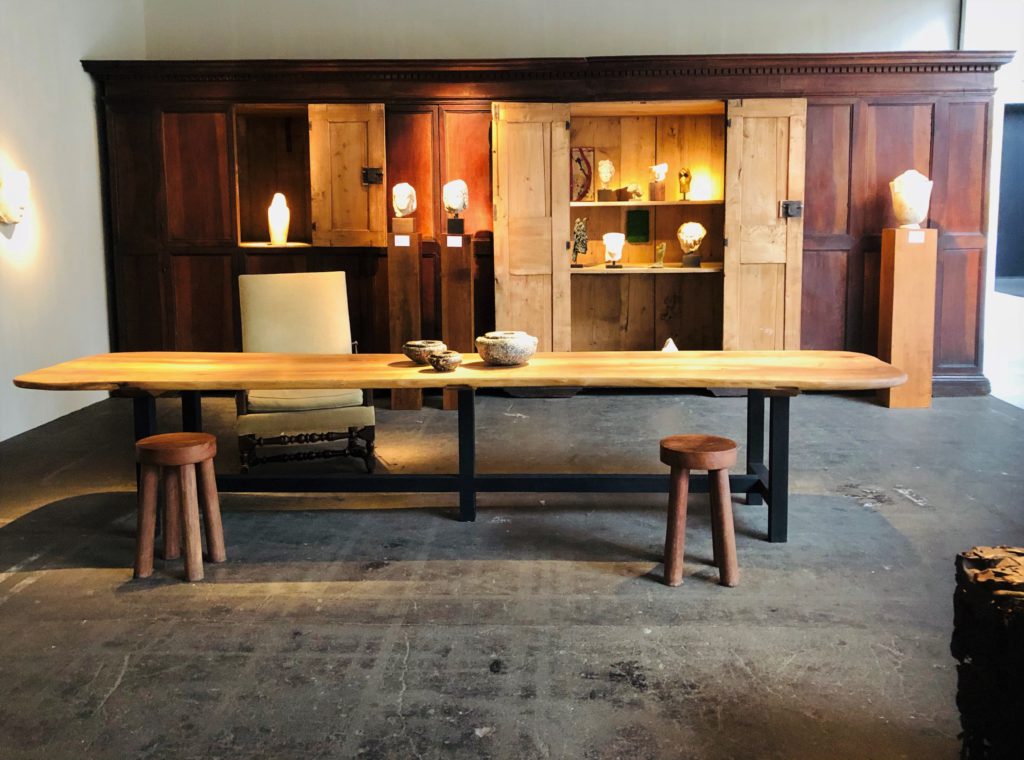
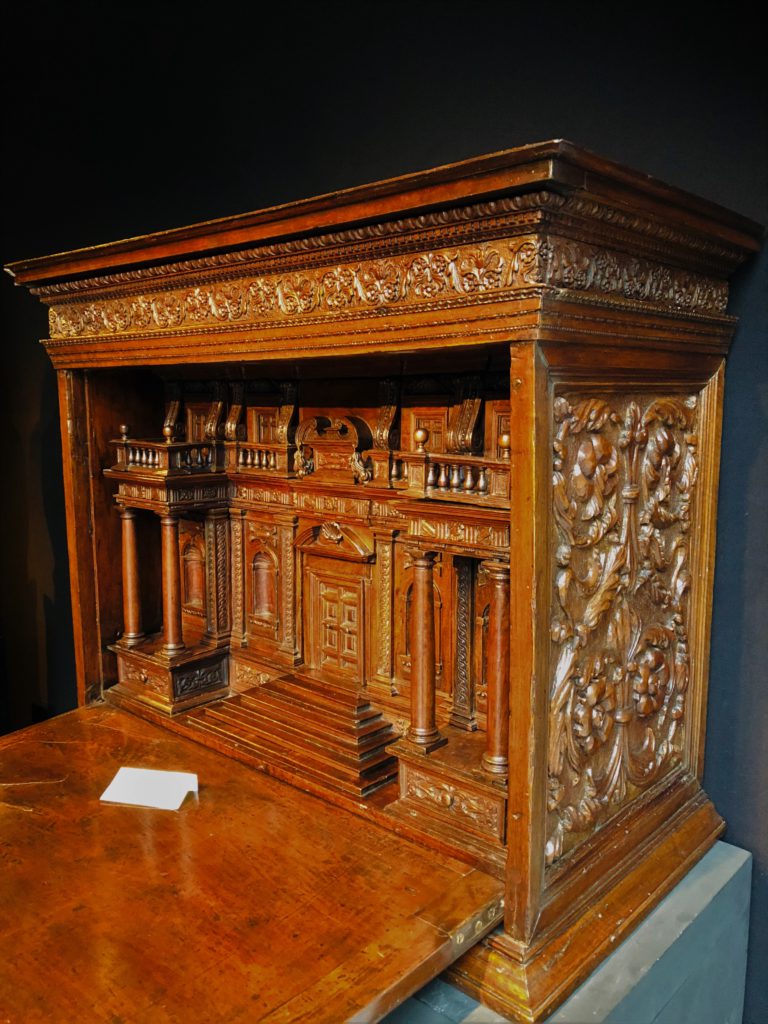
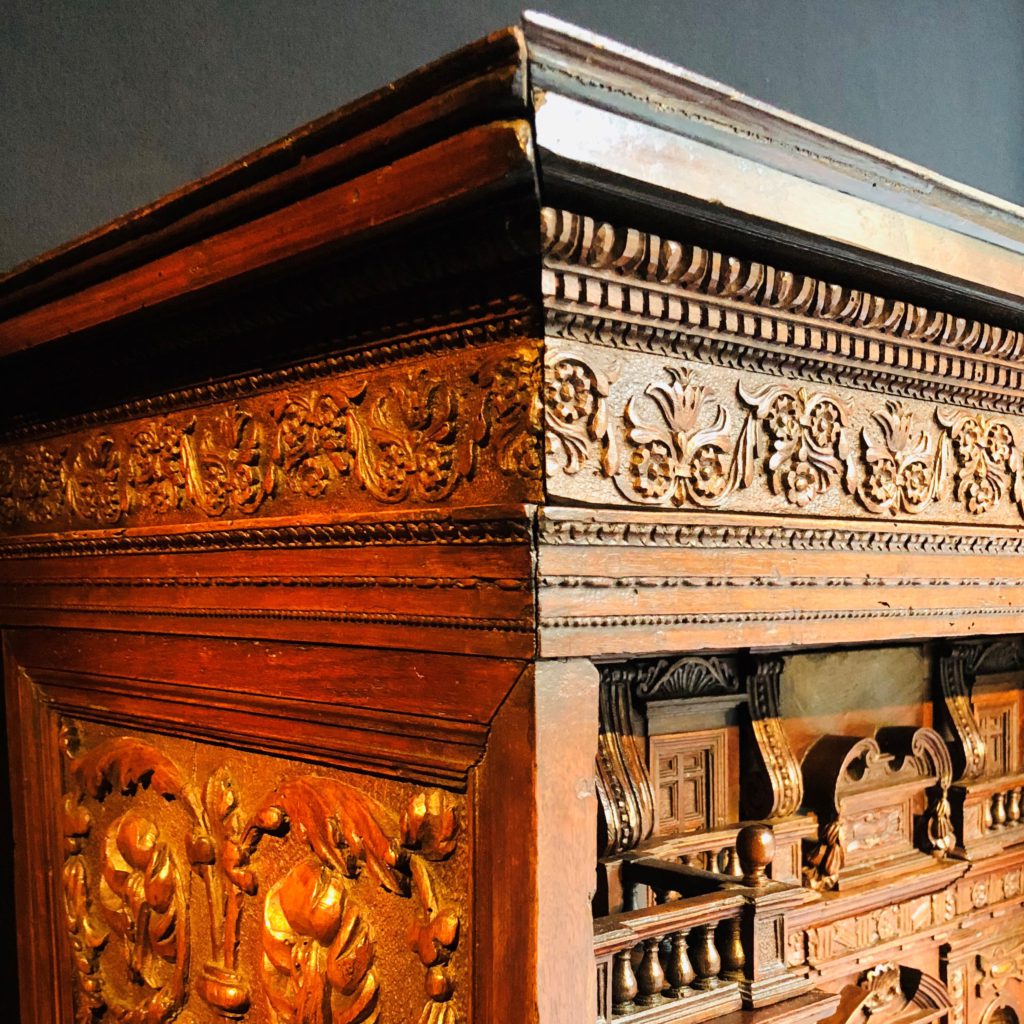
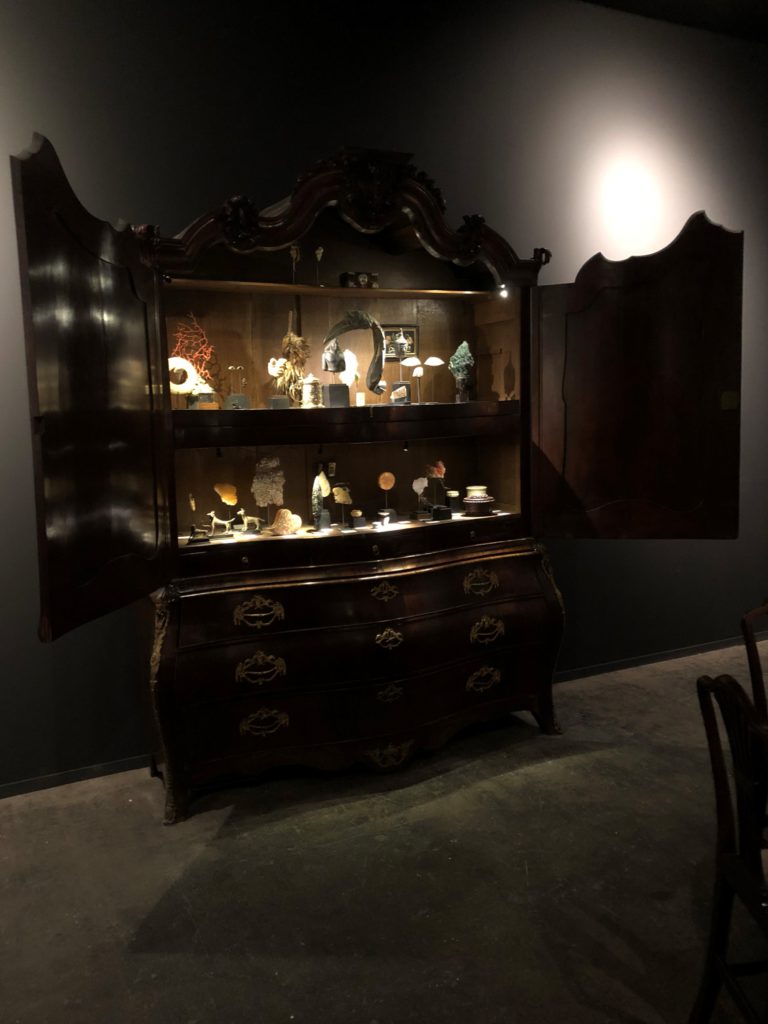
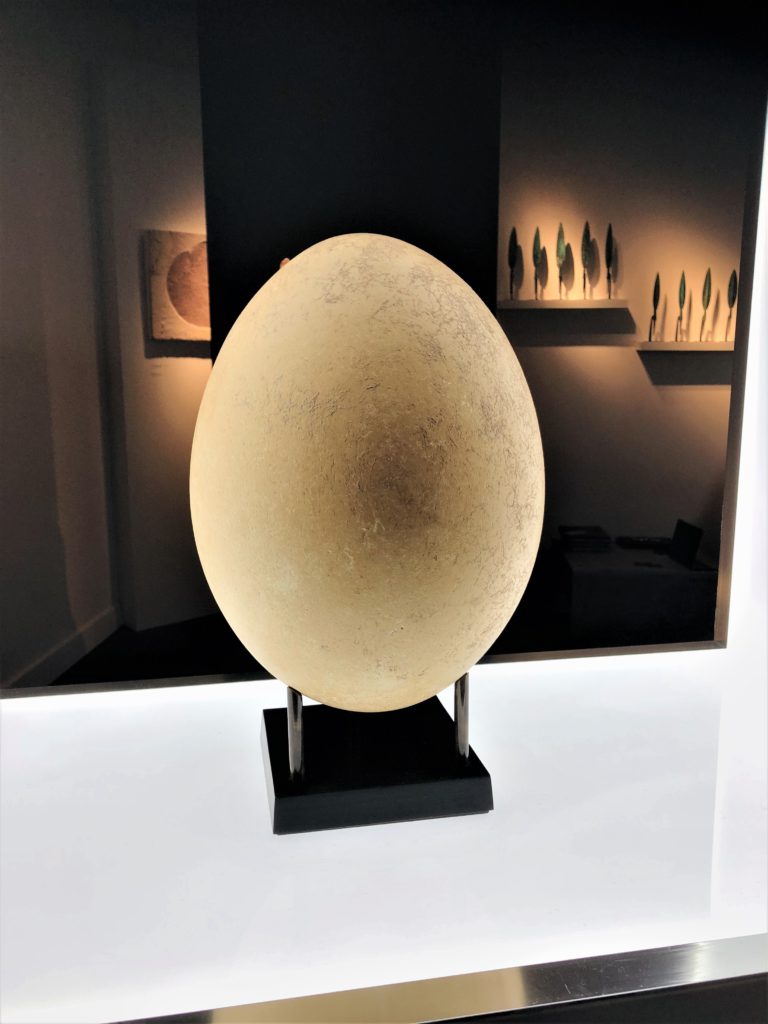

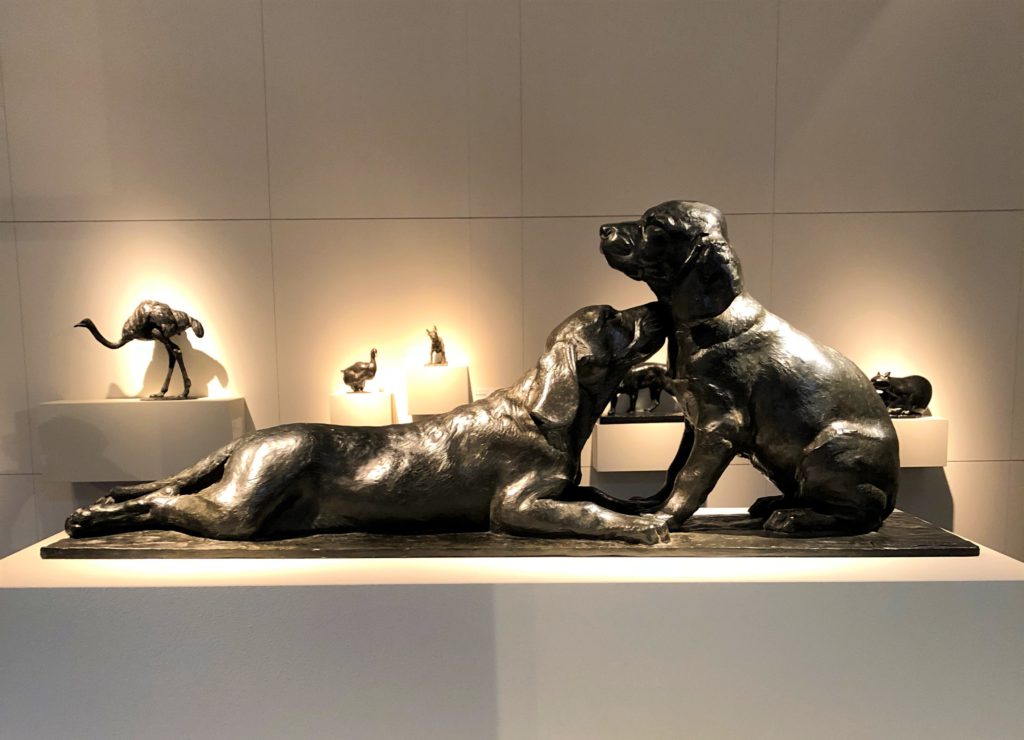

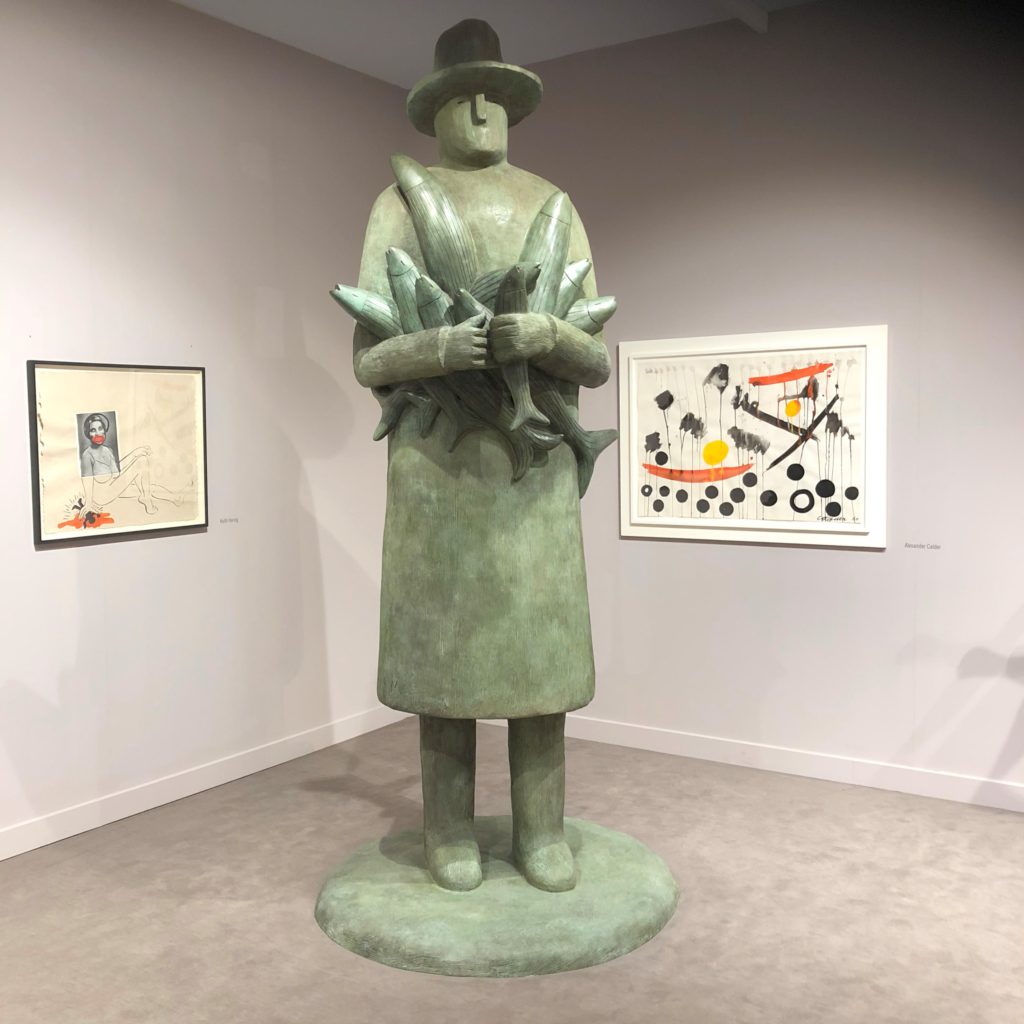

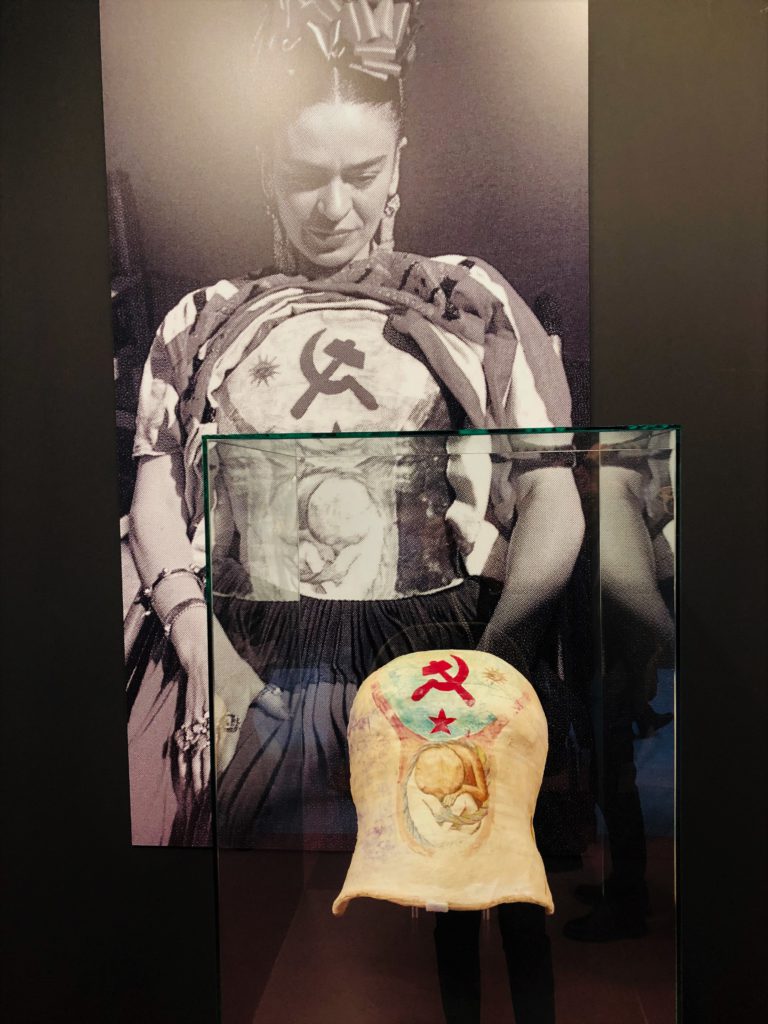
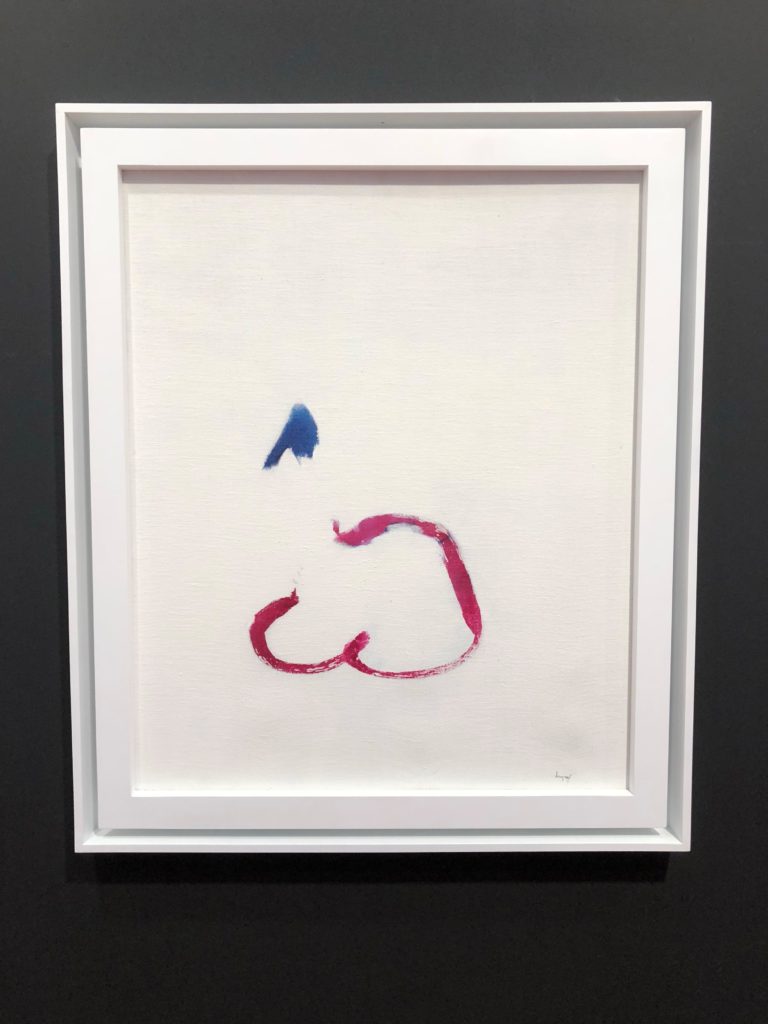
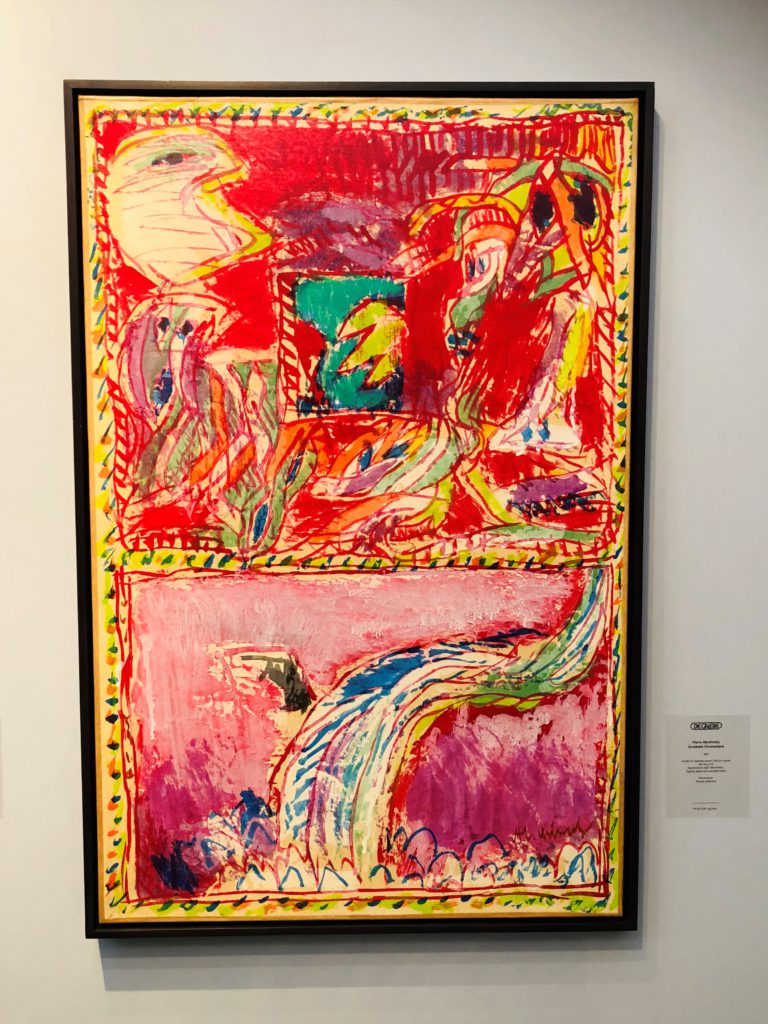

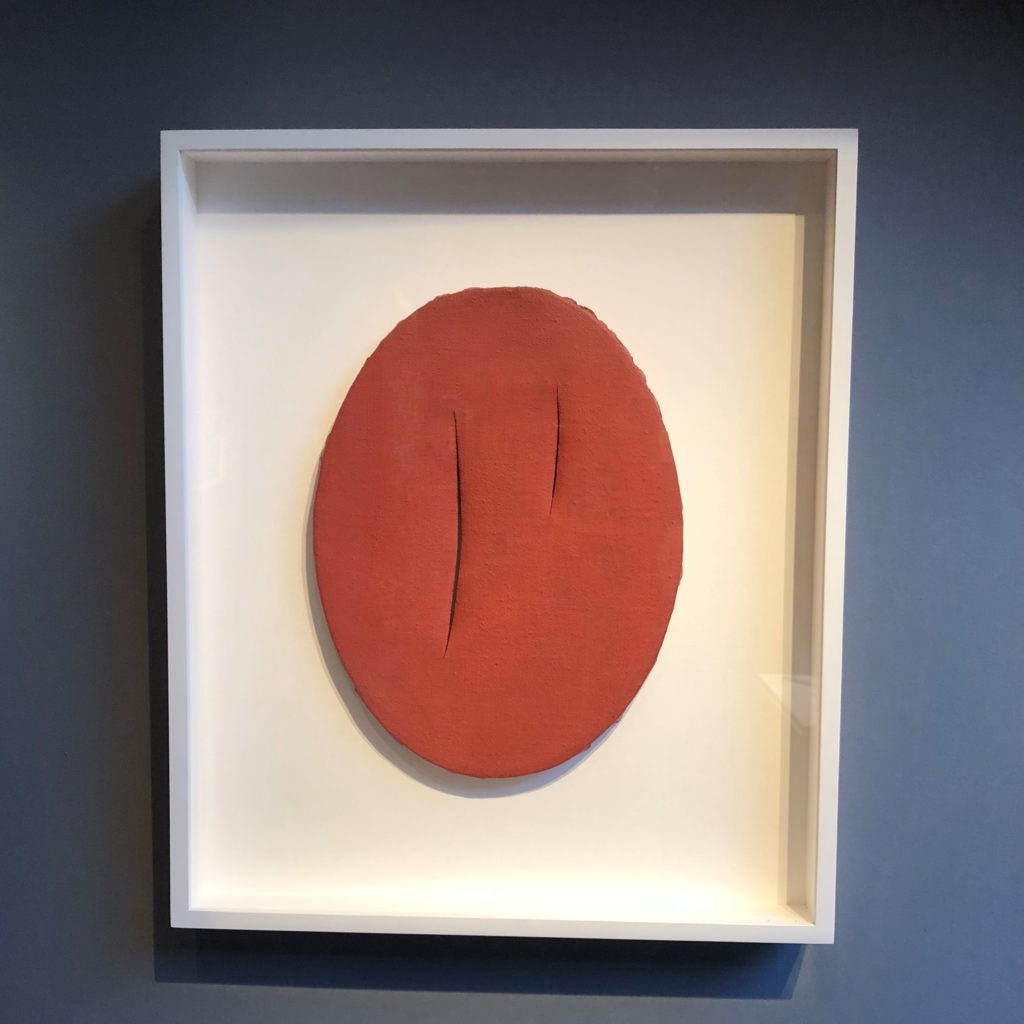
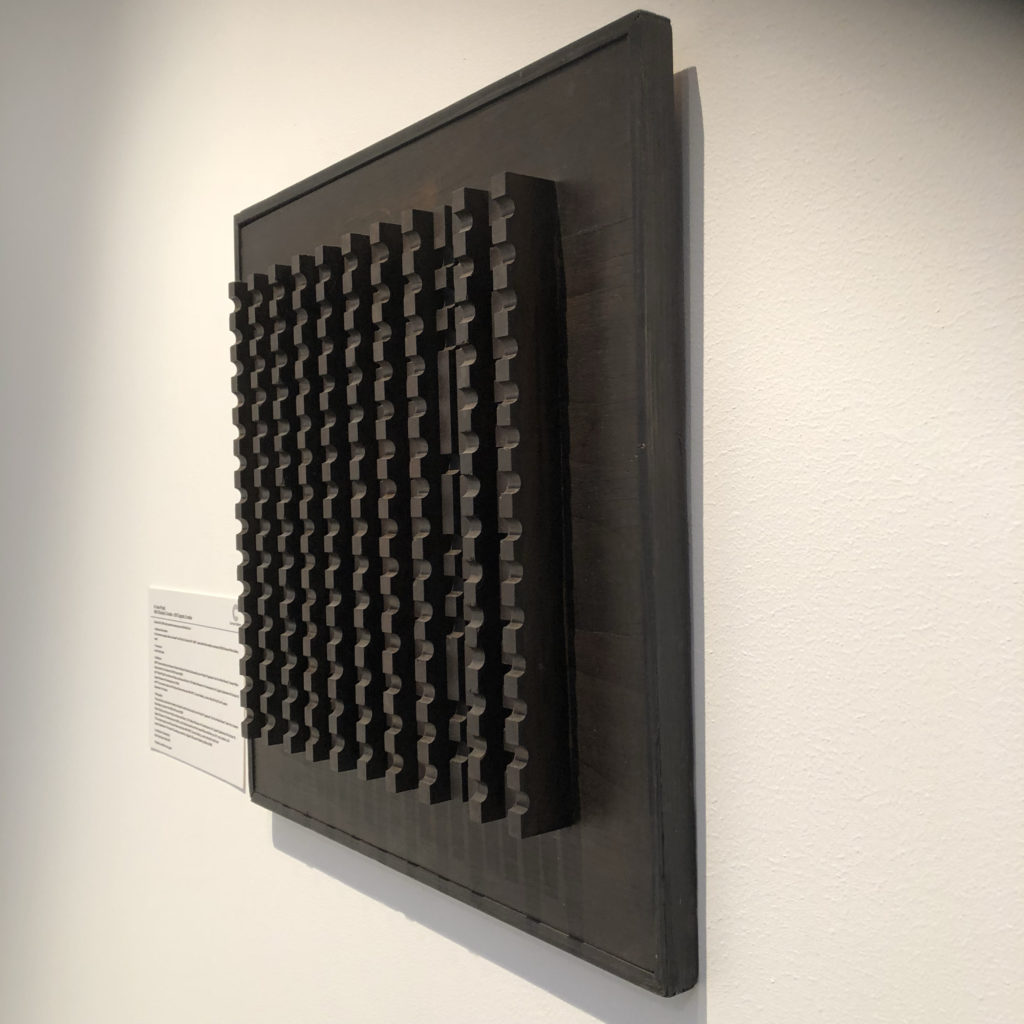
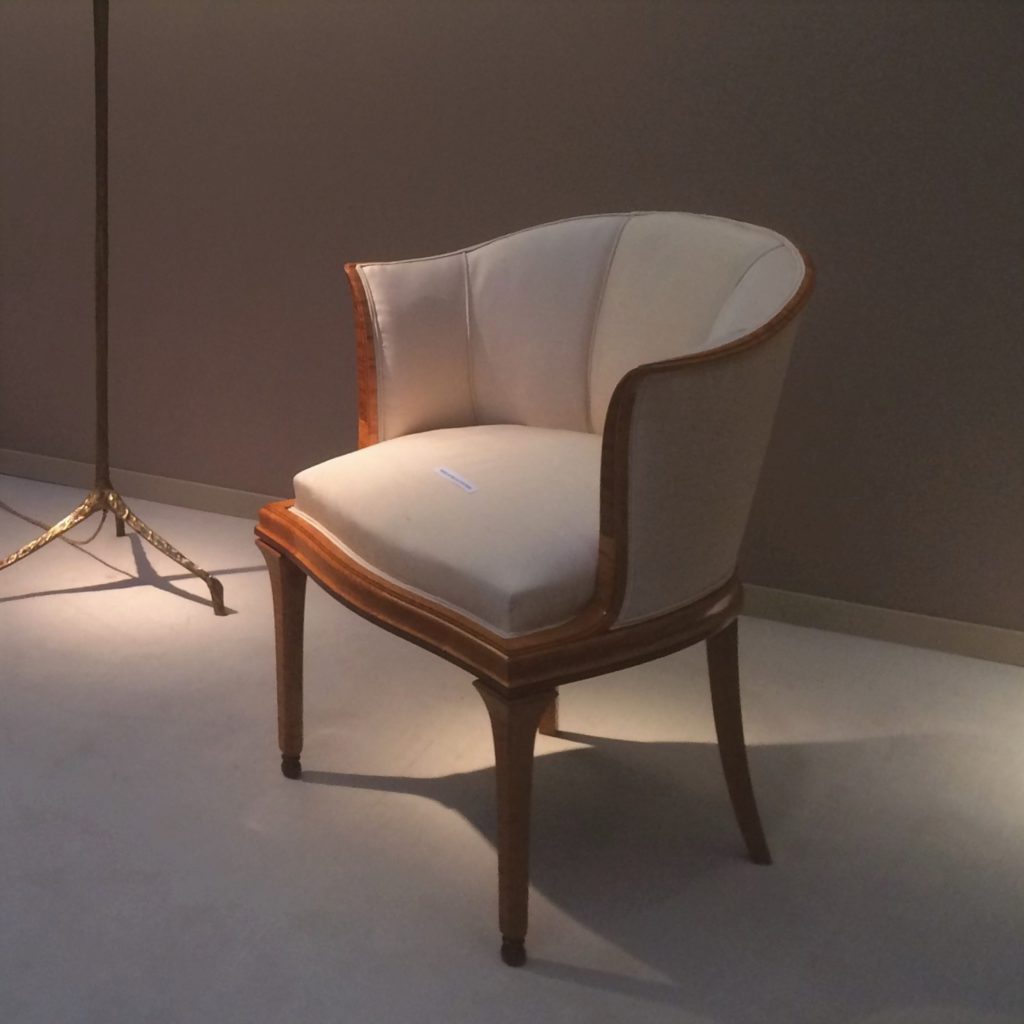
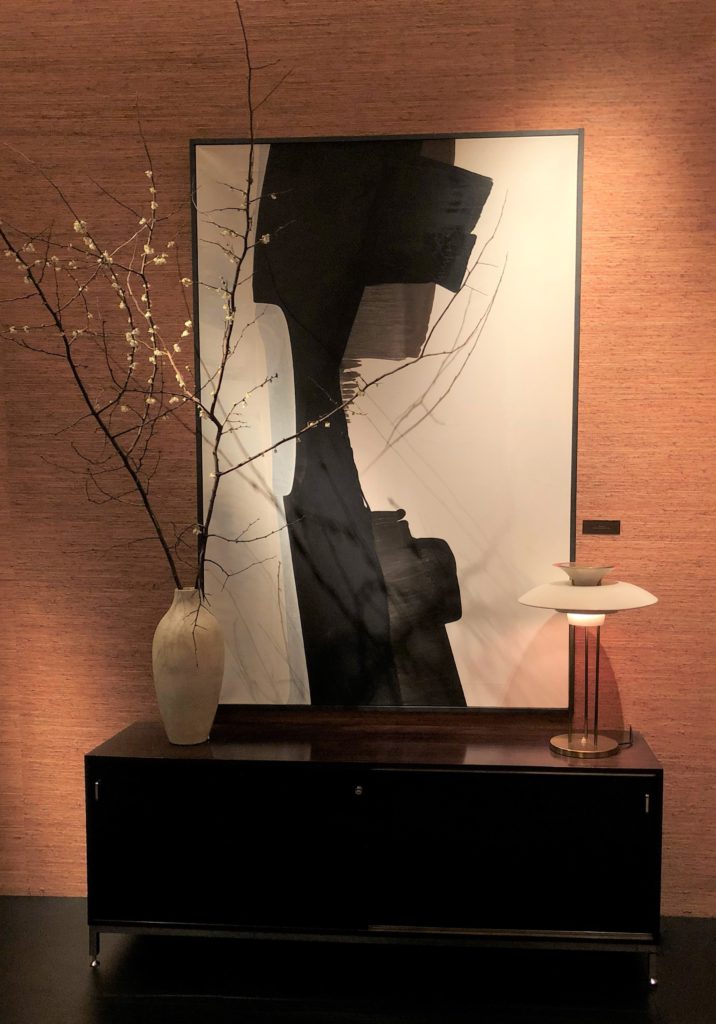
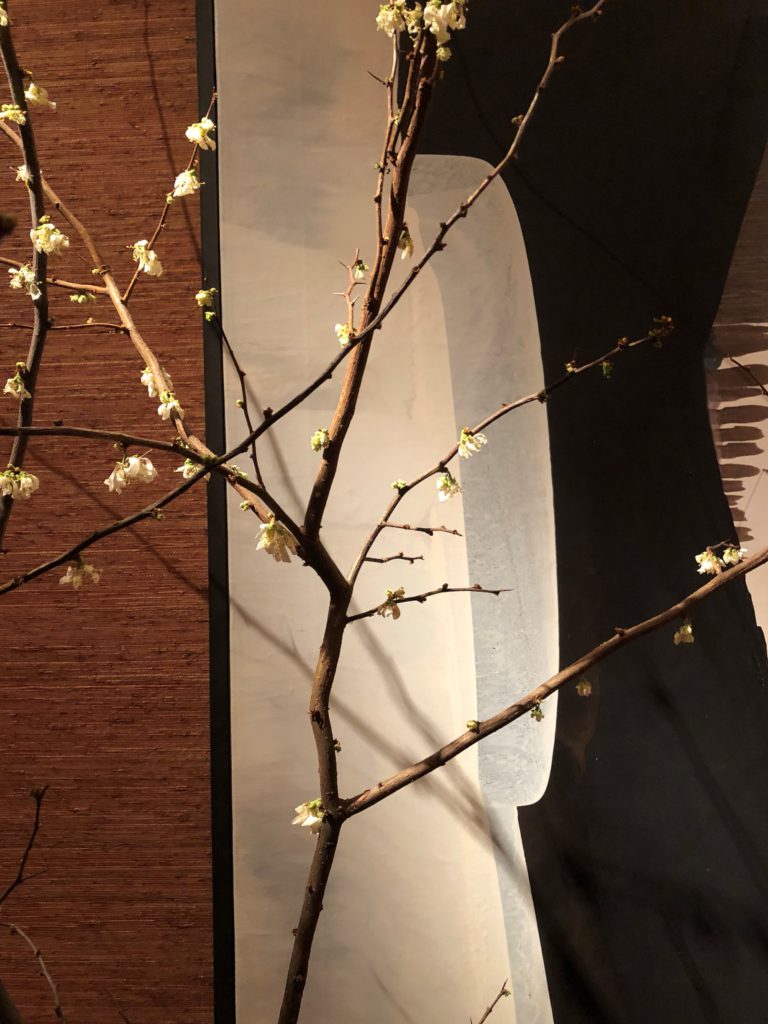
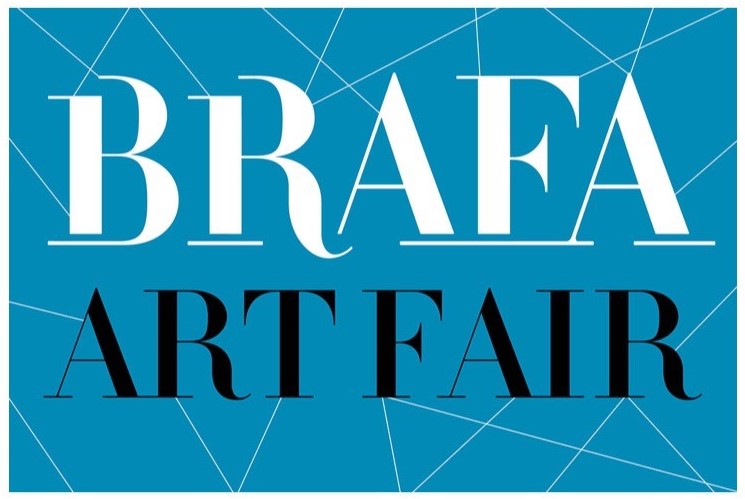
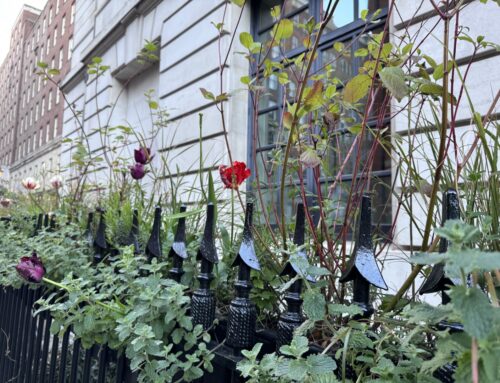
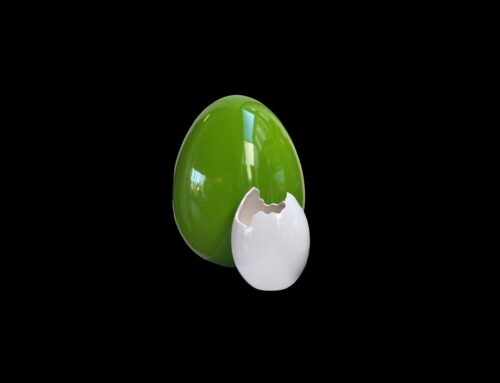
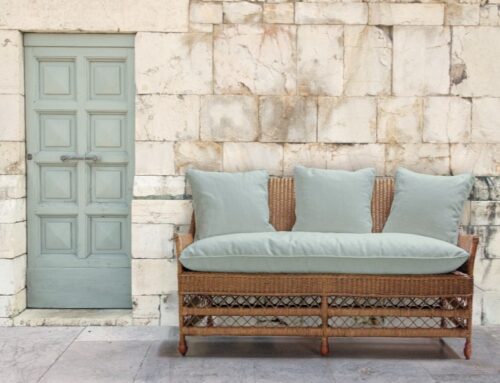
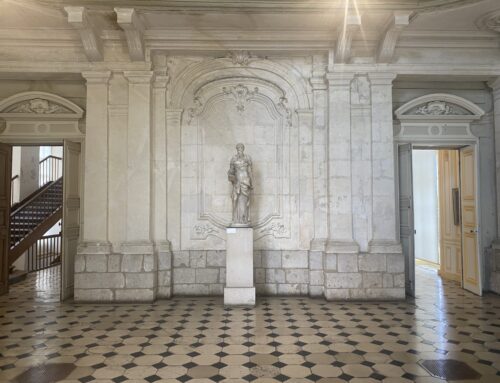

That’s my idea of heaven – paintings, objets d’art and flowers!
Mooi overzicht van een immer fantastisch event! Wij waren er gisteren, en een aantal stukken op de foto’s hier verzameld, trokken ook onze aandacht. 🙂 Volgend jaar weer!
I thought the term ” heaven” as well…the artistry and crafts(wo)manship is otherworldly. You are a heroine for describing and sharing. franki